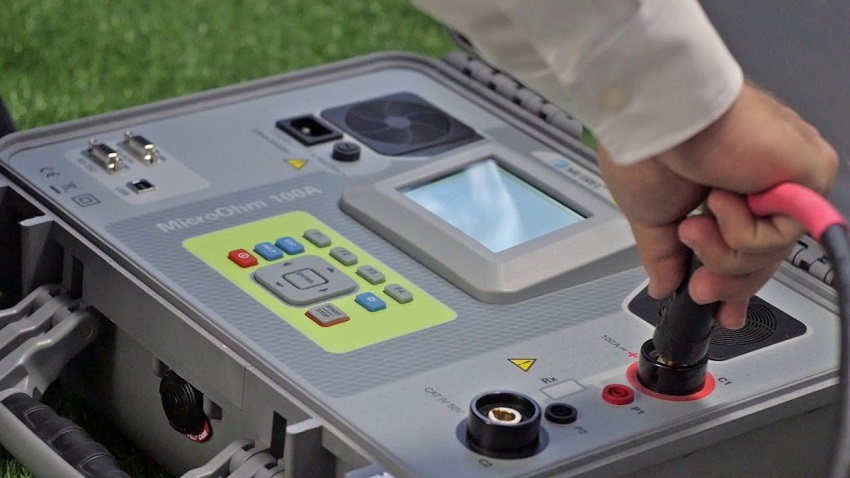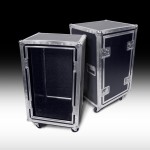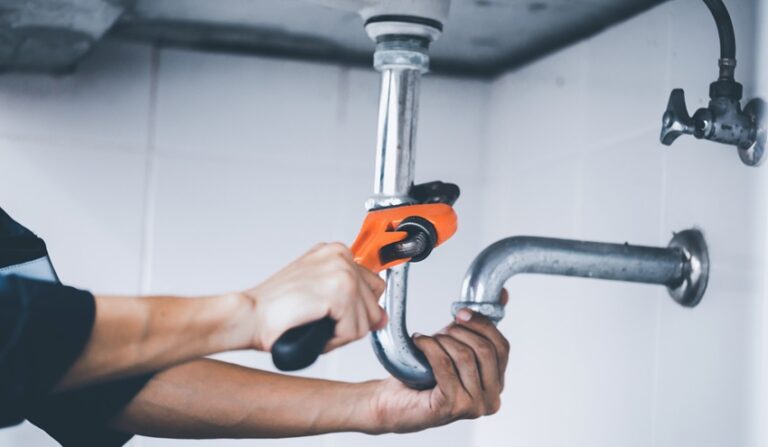In order to measure how much a certain object opposes the electrical current that passes through it, you’ll need a specific instrument that goes by the name “ductor tester”, also known as ohmmeter. Since the ductor tester is an electronic instrument that measures the resistance or the complete circuit of a single circuit element, it can be found in three different forms – microohmmeter, milliohmmeter, and megaohmmeter. All of these are used to measure the electrical current resistance in various applications of electrical testing.
A typical microohmmeter, milliohmmeter, and megaohmmeter consists of a DC ammeter, resistors (one or multiple, and at least one is variable), and a 3V battery. Before you begin testing with an ohmmeter, turn it off so that you can set it up safely. Next, match the colour of the leads to the colour of the sockets. Plug them in, and turn the ductor tester on. In order to “zero” it, turn the dial to the left and touch the probes together until it reads 0. Now you’re ready to test an object’s current resistance. All you have to do is touch the positive probe to one end of the test object, and the negative probe to the other end.

There are two basic types of ohmmeters – series and shunt type. The series type models feature 4 resistors (R1- current limiting, R2 – zero adjust, RX – unknown and RM – internal), output terminals – A and B, and internal battery voltage. If you connect the terminals to the resistors, the battery will form a series circuit. However, if the terminals are open-circuited, there won’t be any current flow and the needle won’t move at all, indicating infinite resistance.
Shunt models, on the other hand, are used to measure small values of resistance. The needle movement mechanism is parallelly connected to the RX, and it’s important to use a switch, otherwise the current will flow in the movement mechanism. If you close the terminals, the needle will read zero because the current will flow through the RX resistor, making the results display infinite resistance.
Nowadays, ohmmeters feature microprocessors and are extremely portable. Additionally, there are models that incorporate protection and optimised filters for measuring in electrical substations. Furthermore, today’s models are much more accurate and can measure extremely low contact resistance on high-voltage circuit-switches and breakers, busbars, etc. Lastly, some models incorporate advanced cooling systems so that you can perform sequential tests without overheating the instrument. All of these features come at an increased price, so carefully consider what matters to you and what doesn’t, in order to get the most value out of the ohmmeter.











